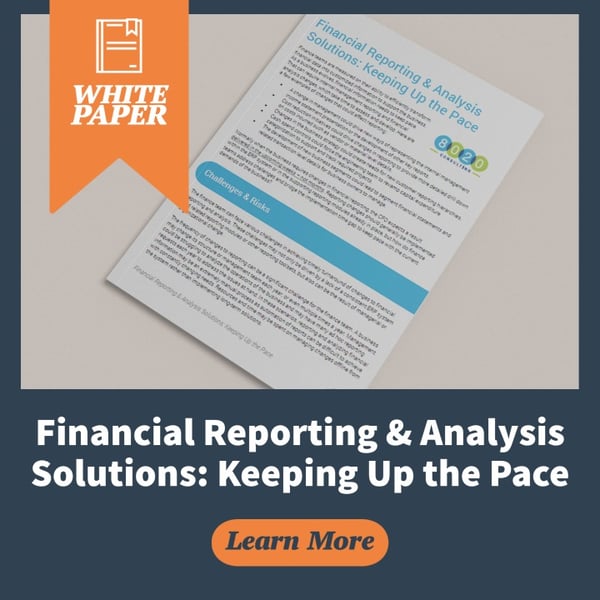
Since the Trump tariffs started early this year, companies with global supply chains have been working to understand and manage the real-world impact.
On paper, the tariffs center on goods from the following regions:
- EU, Canada, and Mexico – Tariff increases on steel (25%) and aluminum (10%)
- China – Tariff estimated to impact $50B on Chinese goods.
- India – Tariff estimated to impact $1.2B on Indian steel and aluminum.
Why would American manufacturers feel the pinch? If you’re working with a manufacturing company that is interdependent on businesses in other country, there are two important elements to consider:
- Cost: Raw materials, labor, equipment usage, tariffs, and other taxes, fees, and expenses
- Time: How long does it take for materials to arrive at a manufacturing facility? For the finished product to enter the country? For inspections and duties? For intermediate parties (i.e., if the final package with product requires use of multiple manufacturing facilities)?
The Trump tariffs have a real-world impact on cost to the company. Higher cost leads to lower margins for the product and the company—assuming the company does not increase the sales price for the final product. If the company does increase the sales price of the final product, it could potentially lead to fewer orders and a smaller customer base, as:
- Current customers might order less product.
- Current customers might find other suppliers with lower prices.
- Potential new customers go with other suppliers.
Let’s go over some lessons for those trying to better understand the Trump tariffs and global supply chains.
Lesson 1. All aspects and pieces of the final salable good are subject to tariff if the item is being sourced or manufactured abroad.
Let’s look across the supply chain.
A high-level view of manufacturing supply chain looks something like this:
- Raw Material(s) + Manufacturing Process => Final Product
- Final Product + Other Final Product(s) => Finished Packaged Goods
Now if we think about the layers of this manufacturing process, the complexity of the tariffs becomes a little clearer. Companies that sell the final product are most likely not their own supplier of raw materials, manufacturer, and package supplier. Let’s consider a fictional Company ABC in the U.S. that sells a toy robot on Amazon. That might look like this:
Robot
- Raw Material from China – subject to tariff
- Manufacturing happens in the US by Company ABC
Box
- Raw Material from China – subject to tariff
- Printed and assembled in China by partner Company XYZ – subject to tariff
Final Shelf-Ready Product (i.e., Robot + Box)
- Assembled in the US by Company ABC
Though Company ABC is a US company, when we look across the supply chain, its final product is dependent on two separate manufacturers (i.e., Company ABC and Company XYZ) for the product and the packaging.
Now, if we were to adapt Company ABC’s fictional supply chain, bringing it in line with some third-party manufacturers, it would change the impact of the tariffs. Let’s say Company ABC bought a finished Robot from Company XYZ, which manufactured the whole Robot in China and sourced its own raw materials. In that scenario, Company ABC would only have to pay tariffs on the finished robot.
The tariffs also impact raw materials in terms of manufacturing of product and/or packaging.
Consider the following scenarios:
- For a U.S. company that imports raw material from abroad:
- Imported raw material is subject to tariffs.
- Higher tariffs lead to higher cost of goods sold.
- For a U.S. company that imports finished goods:
- Their imported goods are subject to tariffs, other taxes and fees.
- Those higher tariffs lead to higher cost of the goods they sell.
- For a U.S. company that exports raw materials to other countries to manufacture, but imports the finished product back to the U.S.:
- The raw materials are subject to tariffs.
- Depending on the agreement/relationship between the U.S. company and the manufacturer abroad, the final product coming back to the U.S. can be subject to tariff.
- For a U.S. company using raw materials from abroad and manufacturing abroad:
- If a U.S. company sources the raw materials internationally and manufactures internationally, this can also be subject to tariffs. Because the company is a U.S. company, tariffs are typically based on who owns the product during the manufacturing process (a.k.a. the “Chain of Custody”).
- This impacts the cost of the product and gross margin.
The impact of the filling and combining of product and packaging are dependent on the location as well. Is this product being completed abroad or in the U.S.? This will determine if tariffs will need to be paid. Even though this scenario deals with finished materials being combined to create a finished salable product to consumers/clients, there could potentially be associated tariffs.

Lesson 2: The more times products cross into international territory to be produced and packaged, the higher the likelihood of cost and time increases.
International shipping affects travel time.
In general, shipping items internationally typically takes more time than shipping items domestically. If we layer on the fact that the probability of delays increases when items ship to foreign territories, we can expect even more time delays due to travel. Possible causes of delays include:
- Inspection Time
- Labor Issues
- Equipment Failure
- Weather
- Change in import/export requirements and documentation
You’re likely going to see increased cost due to time delay.
As products get put on hold due to delays like those mentioned above, the potential of increased costs due to fees, storage, and other unplanned expenses increases. Even though the cause for the delay may be unplanned and out of the control of the company, manufacturer, and supplier, the cost still will be absorbed by one of the parties in the supply chain.
Lesson 3: With a potential tariff war, the product can be hit with an increase in tariffs from multiple countries, and the financial impact can be painful to the company.
As each country retaliates to the threats brought on by a given tariff, the financial impact becomes more and more painful for companies. What could be a 10% increase due to the U.S. tariff can easily become a 15% to 20% increase in cost after another country retaliates with its own tariffs.
For hypothetical example, if you source aluminum from India, but manufacture in the U.S., the U.S. tariff would apply to the imported aluminum. If India decided to retaliate against the U.S. by adding a tariff on exported aluminum, then that would increase your final cost.
Summary
At the end of the day, tariffs can cripple companies by increasing costs and/or reducing the customer base. If companies want their costs to remain low, they must consider alternative processes in their supply chains. Depending on their circumstances, this could mean sourcing and manufacturing domestically or adjusting selling and distribution to offset the impact of the new tariffs. (For example, a company might decide to sell product domestically only, which would decrease the customer base. This could be an option if the tariffs preclude profitability in overseas sales.)
But suffice it to say that as with many financial matters, the best course of action depends on your company and its numbers. If you’d like additional visibility into your organization’s financials so you can make better decisions, we invite you to contact us. Our staff is experienced in helping companies apply the tools of financial analysis to every aspect of operations, so our clients can make smarter decisions and scale.
If you’d like to learn more financial insights and keep up with 8020 Consulting’s operational finance blog, then we invite you to subscribe! If you're interested in financial reporting and analysis solutions, then consider downloading our new whitepaper. It offers insight into keeping up the reporting pace while waiting on longer-term systems implementations:

